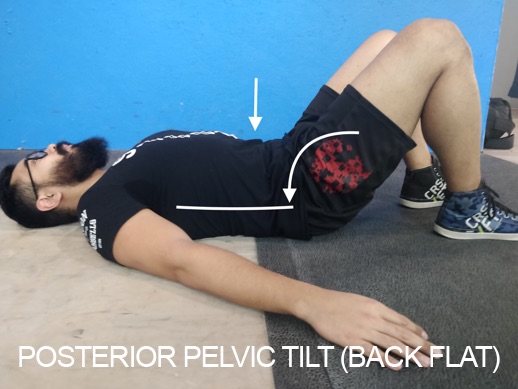Low back injuries are extremely prevalent amongst athletes who compete in powerlifting, weightlifting or Crossfit. Common mechanisms for these types of injuries include:
- Deadlifting
- Squatting
- KB Swings
Based on the assessment of a health care professional, the specific cause or diagnosis may differ from professional to professional. However, when treating a patient with low back pain, regardless of the specific diagnosis, it is important to provide the patient with pain education and movement re-training. Pain education and movement re-training set up the foundation for patients recovering from almost any injury. This article will outline how to managing patients who are flexion intolerant using pain education and movement re-training.
Movement Re-Training
A neutral spine posture has been proven to be the safest position for the spine to bear load when performing any type of lifting. A neutral spine helps maintain an optimal length for the muscles of the low back, allowing the muscles to stabilise the joints in the spine and limit their movement. In order to teach a patient how to achieve a neutral spine, awareness of pelvis position is important. Have the patient practice pelvic tilting in the supine position by moving the pelvis to either flatten (posterior pelvic tilt) or arch the low back (anterior pelvic tilt). Neutral spine exists in the middle of these extremes.

The cat/camel exercise is a great progression to the supine pelvic tilt. The patient may find that they feel pain at the extreme end ranges of motion. This feedback can help teach the patient to keep their back position within a neutral range (not too flexed or extended) which can keep them out of a painful posture.


This can be further progressed to a standing position against a wall. Now that the patient knows how to manipulate their pelvic tilt, they will have greater awareness on how to find a neutral spine position.
The hip hinge is a great way to teach your patient how to bend forward while maintaining a neutral spine and maximising movement through their hips. Patients who are flexion intolerant can use the following drill to re-educate themselves to bend forward in a way that minimises motion in their spine. Have the patient hold a dowel along their back with 3 points of contact (the head, mid back and low back). Instruct the patient to reach their hips back without the dowel losing the 3 contacts and without bending the knees. If the dowel loses contact with the spine, the patient is using their spine to bend forward, which is incorrect.

Written by Ricky Singh, Chiropractor, Trainer and RockTape Canada Ambassador
